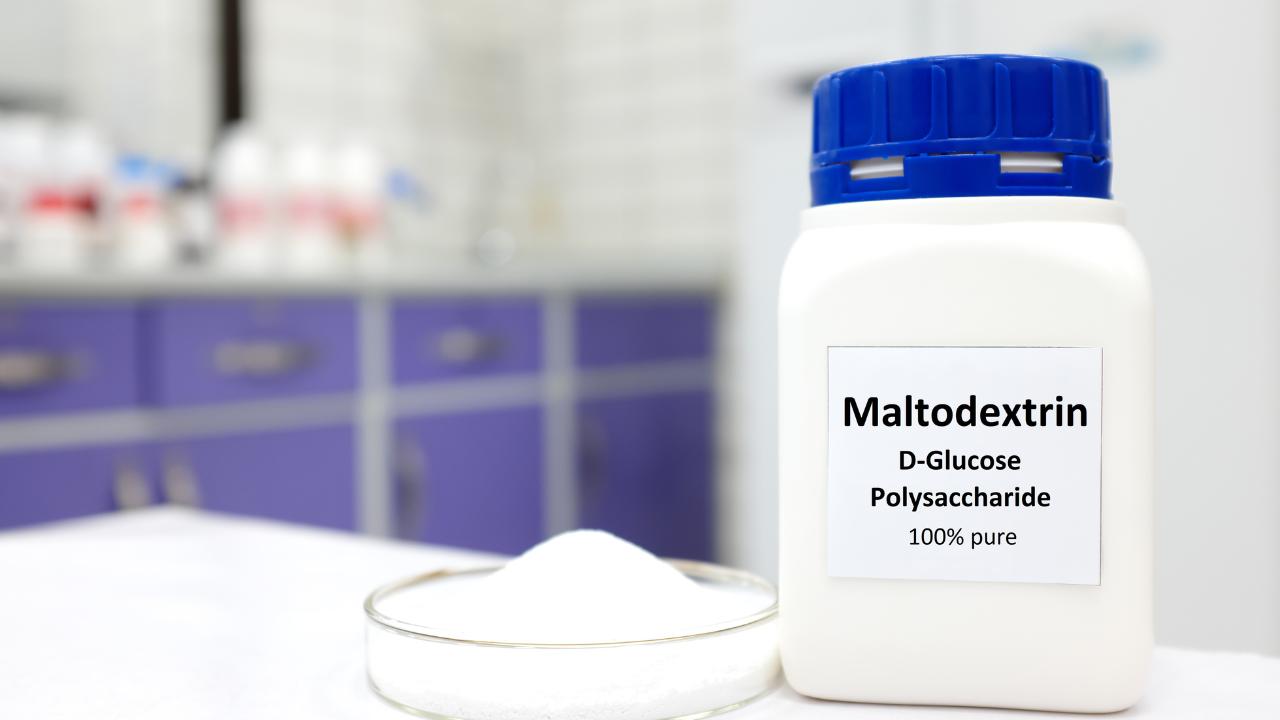Time for a little mind game! Give this a shot and guess the additive: It’s starchy, tasteless, odorless, and found in every packaged food item, from protein-rich foods to baby formula. Yet, most people have not heard of it, let alone questioned its effects. We have been consuming this common food additive for years now, and yet no one has ever acknowledged it for its ill effects. It is used to thicken, preserve, or sweeten packaged foods, raising red flags among scientists for how it may quietly disrupt our gut health.Often labelled as “safe” by the regulatory agencies, new research suggests maltodextrin could be doing more harm than good. It may be one of the silent contributors to the rise in inflammatory gut conditions, blood sugar spikes, and weakened immunity, especially in people already consuming heavily processed diets.

This additive is known as “Maltodextrin”, a polysaccharide derived from starch hydrolysis and is used as a thickener and filler in processed food.Maltodextrin is inert and generally is regarded as safe by the US Food and Drug Administration. However, multiple recent studies have shown detrimental roles played by maltodextrin in the intestinal environment, suggesting that this broadly used food additive may play a role in the rapidly increased incidence of chronic inflammatory disorders, such as inflammatory bowel disease and metabolic syndrome. Maltodextrin is a carbohydrate made from corn, rice, and potato starch, often used in foods to increase their shelf life and make gravies thicker.What do the studies indicateA recent study published in Cellular and Molecular Gastroenterology and Hepatology reveals how Maltodextrin consumption may trigger or worsen intestinal inflammation, determined by using 2 different models of colitis. Such detrimental effects of maltodextrin were linked to activation of endoplasmic reticulum stress and subsequent alterations of the protective mucus layer.
How was the study conducted
Use of two colitis models
The team of researchers employed distinct experimental models of colitis, inflammatory bowel conditions commonly studied in mice, to assess the effects of Maltodextrin. The study found that
- Chemically induced colitis, is where it mimics inflammatory damage similar to human Inflammatory bowel disease
- Genetically susceptible mice, which are prone to develop intestinal inflammation.
In both of these scenarios, mice were fed diets with varying concentrations of maltodextrin over a set period.
Dose-dependent analysis
With the subsequent increase in the dosage levels of maltodextrin intake, the intestinal inflammation worsened. Meaning, the more maltodextrin that went inside the mice, the more severe the inflammation became.
Microbiota analysis
The study also assessed its effects on the inner lining of the gut wall. It showed that maltodextrin can promote harmful bacterial behavior, such as biofilm formation by Crohn’s-associated E. coli.
What is the main mechanism behind Maltodextrin’s damage?

The research shows that the key mechanism behind this damage appears to be linked to stress on the endoplasmic reticulum (an important organelle found in the eukaryotic cells). When this system is overburdened, it triggers a stress response that contributes to tissue damage and inflammation. Surprisingly, when researchers treated mice with the same medication to reduce this stress, the inflammation and mucus depletion were significantly reduced.


